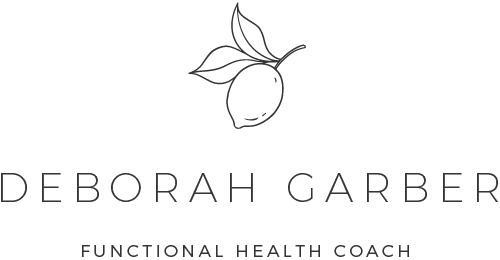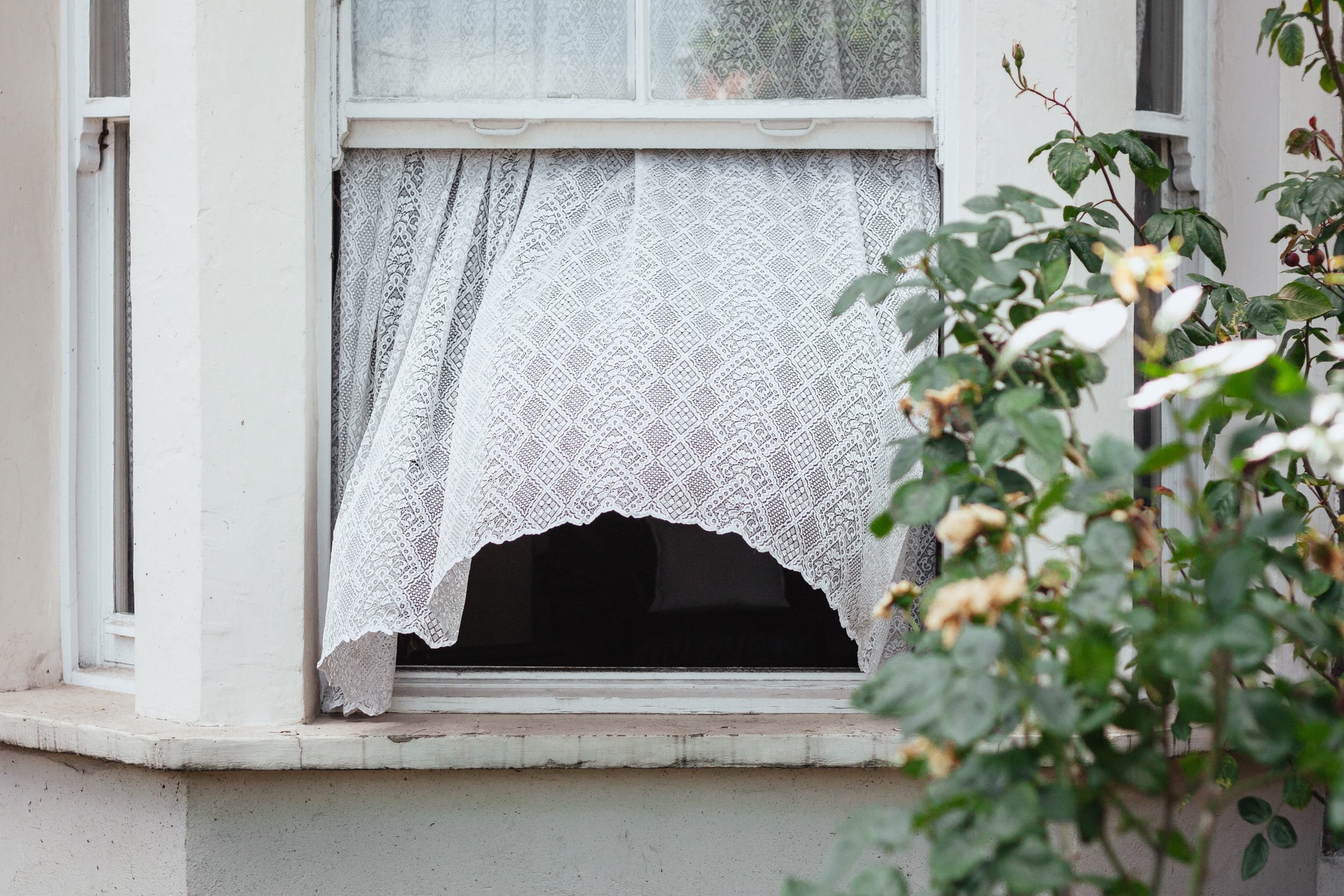Breathe for Resilience
As I seek to incorporate healthy habits into my daily routine, and the effect of breathing on health fascinates me, I was prompted to purchase an online course some months ago and learn various breathing techniques. It took me a while to commit to this new practice, but over the last few months it has become so ingrained that I would not like to go a day without it. In this blog, I hope to convince you too to give this breathing technique a try.
As we age or suffer from stress and disease, we may find that we are losing our strength and vitality.
Paradoxically, stress of the right kind and in the right dose is actually good for us! We know this instinctively when we have worked out, stressed our muscles and suffer from the build-up of lactic acid for the next day or two, we feel pain, but also a sense of satisfaction and achievement.
Broadly speaking there are two types of stress, oxidative and transient stress. The transient type is called hormesis. Hormesis helps us to develop resistance to the other, negative type of stress, thereby increasing the health, resilience, and vitality of our bodies.
Exercise is a type of hormesis that protects against many diseases; cardiovascular, lung, etc. other types of hormesis are intermittent hypoxic training, exposure to heat and cold, intermittent fasting, and red-light therapy.
Hormesis or mild stress causes the strengthening of cells by mechanisms such as autophagy, removal of unfolded protein and increase in oxidants, the latter cause the body to respond to the free radicals by producing internal cellular antioxidants. This process makes our mitochondria (the energy producing organelles in the cells) much more robust and able to survive more intense stress. Transient increase in oxidants stimulates the pathway to build up intracellular antioxidants.
Intermittent Hypoxic Training
IHT uses breathing techniques made famous by Wim Hof to induce alternate high and then low oxygen levels in the blood and the cells. When we do the deep breathing part of the training, we are increasing the oxygen in our blood, thereby elevating its pH levels. A more alkaline blood pH means we become more resistant to disease, suffer less inflammation and become more vital.
When we breathe out and hold on the outbreath, CO2 builds in the blood, and we progressively train the mitochondria to utilize oxygen more efficiently. There are numerous confirmed benefits to this type of training, including building new mitochondria, improving mitochondrial function, decreasing inflammation and oxidative stress, boosting our immunity, improving sleep, increasing mental calmness and toughness, increasing resistance to stress as well as increasing our energy levels.
Hypoxic training (denying the body oxygen) mimics the effects of altitude in our body. In response to doing this intermittent hypoxic training, we increase the production of a hormone called EPO. EPO leads to increased production of red blood cells, which carry oxygen, and that happens within minutes and hours of doing these practices. By increasing our body's oxygen-carrying capacity we hold more oxygen for when it is needed.
Moreover, this practice helps reset our carbon dioxide threshold or our carbon dioxide tolerance. It leads to reduced stress and fatigue of the muscles, it increases psychological preparedness or resilience, it improves recovery time, and it reduces lactic acid.
A Simple Guide
There are various apps and programs that teach how to practice hypoxic breathing. Wim Hof has many free YouTube videos and an app. I did The Energy Blueprint course with Ari Whitten, which I highly recommend.
Alkaline/Hypoxic Breathing consists of breathing in deeply through the nose (Wim Hof uses inbreath through the mouth) into the belly and into the lungs and breathing out through the mouth (cyclical breath). This pattern is repeated for about 1 minute, after which you practice the breath hold for increasing lengths of time starting with 15 seconds and building up to one or two minutes or longer. The whole cycle is repeated 3 times.
I find the alkaline/hypoxic breathing wonderful to do after my cold shower and before a meditation practice, as it leaves me feeling energised yet calm.

